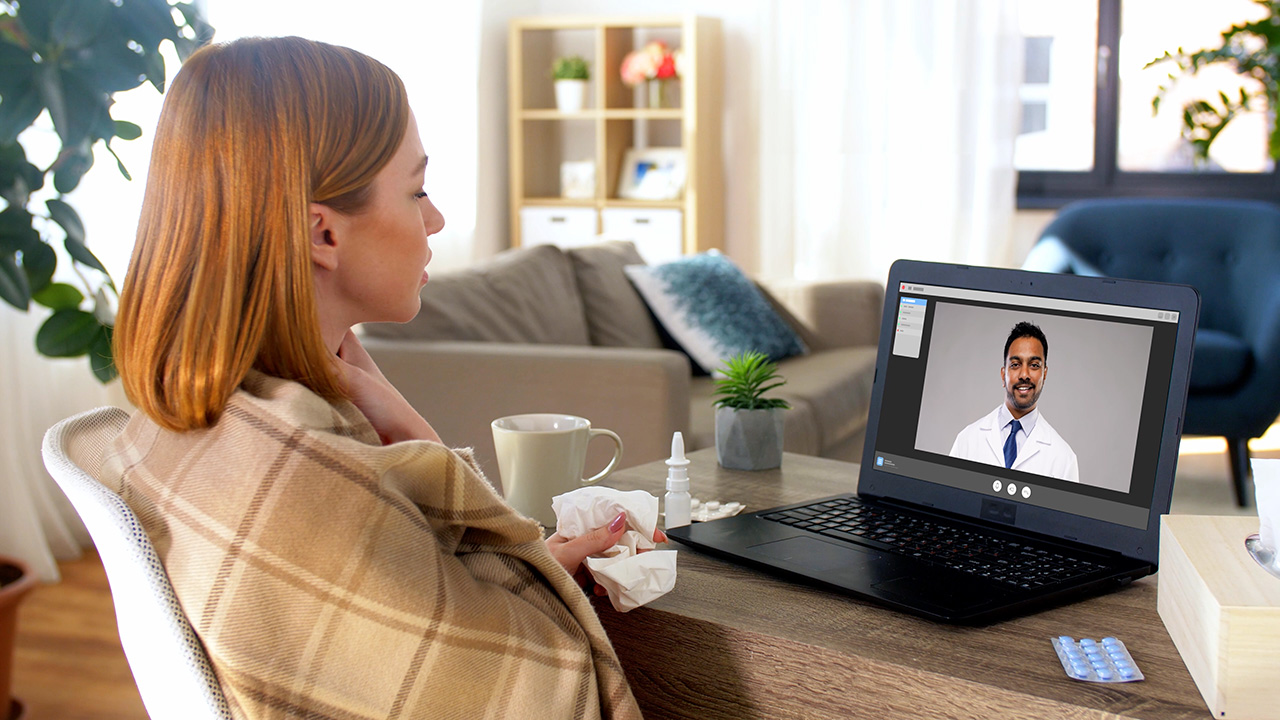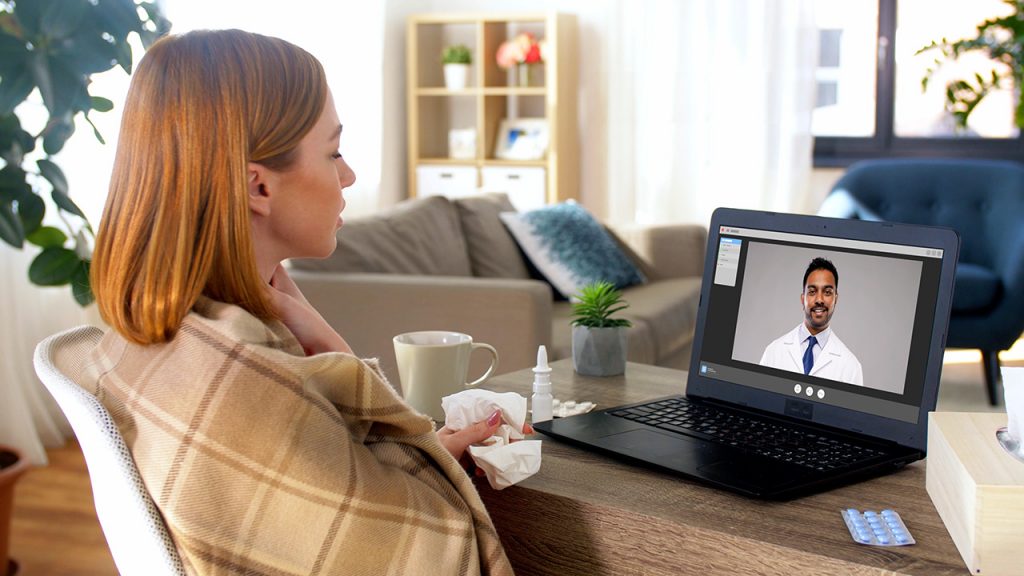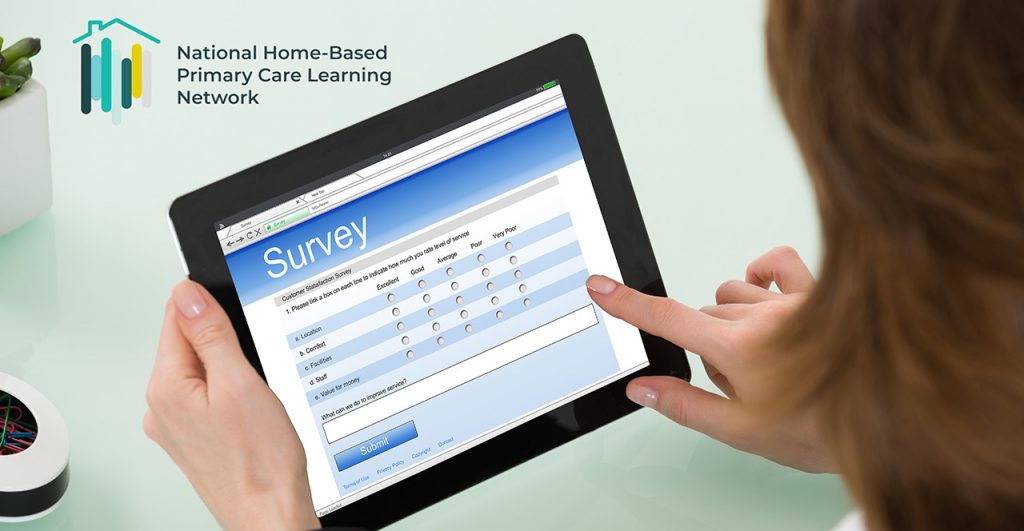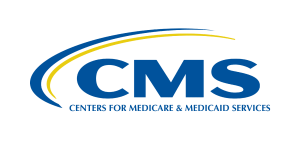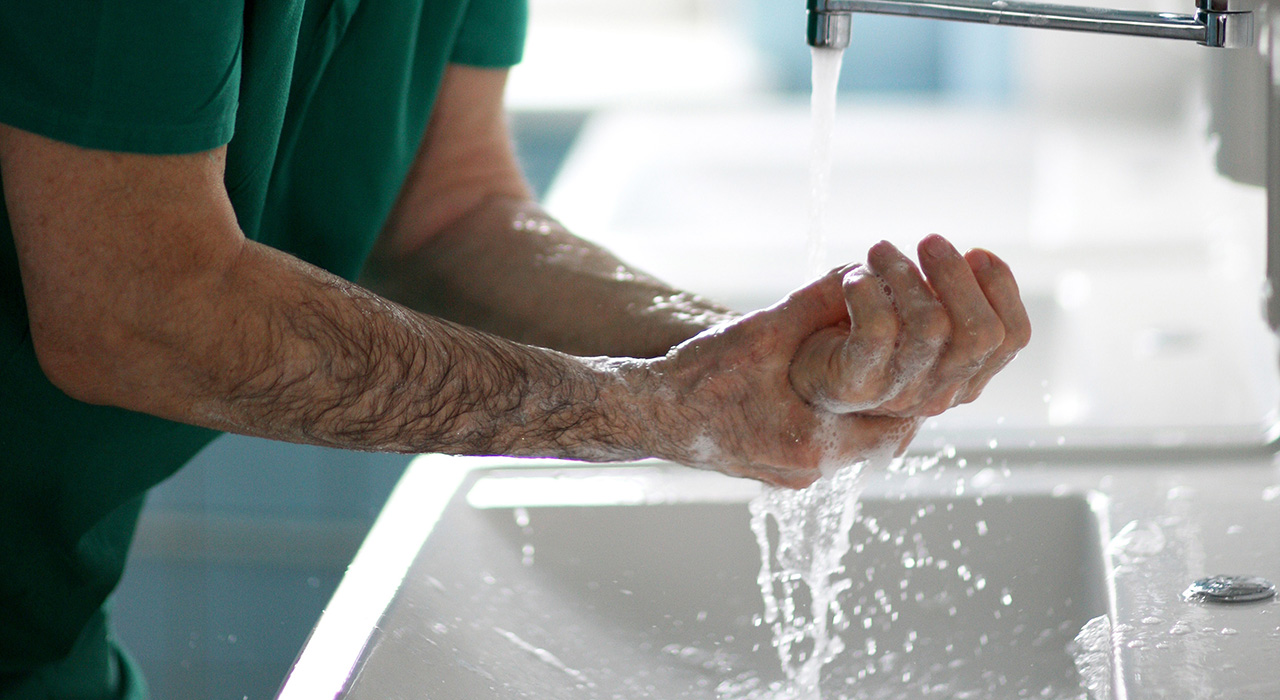 May 15, 2020
May 15, 2020
About the Article: HCCInsights sat down with Dr. Thomas Cornwell, Executive Chairman, Home Centered Care Institute, to learn how he keeps humanity in house calls, especially during the COVID-19 pandemic, when stress and feelings of isolation can be elevated in many patients and caregivers.
HCCInsights: What is key to keeping humanity in house calls – especially during COVID-19? And, how do you draw out what’s going on with patients when you’re seeing them in a home setting?
Dr. Cornwell: Overall, it’s important to stay focused throughout on the geriatric 5Ms, which are Mind, Mobility, Medications (polypharmacy can be a problem and we need to be skilled at de-prescribing), Multi-complexity ─ which is why most of these patients cannot leave the home, and the most important “M” of all, which is What Matters Most to the patient. We don’t just start with their conditions and symptoms.
What Matters Most is part of every house call I make. It’s important to make the patient feel valued and ensure they know there is a caring practitioner available to help them 24/7 whenever they have a problem. When you ask a patient what matters most to him or her, it also opens a window to their emotions. It can help you understand how they’re being affected by any given situation in their life, gauge their level of loneliness, identify whether they’re experiencing anxiety or changes due to things like COVID-19, and so on.
Understanding what matters to the patient helps guide all care. For example, if you find out that what matters most to your patient is avoiding the hospital, that piece of knowledge will help guide your decisions and the advice you offer because you’ll know to focus on things that can be accomplished within the home environment.
[Editor’s Note: See also the “4M’s” approach that appears in Age-Friendly Health Systems,” an initiative of The John A. Hartford Foundation and Institute for Healthcare Improvement in partnership with the American Hospital Association and Catholic Health Association of the United States.]
HCCInsights: You’ve mentioned that you like to ask new patients to talk about something they’re proud of. Why is that such an important question?
Dr. Cornwell: It’s part of my approach to patient-centered care and establishing a relationship and moving it forward. Not surprisingly, most of the time, I hear they’re most proud of their children and grandchildren.
Some other examples also come to mind. Like I’ve had female patients in their 80s and 90s tell me about earning their Ph.D. back in the 1930s or 40s when it was an exceedingly rare achievement for women. It is incredible to hear their stories about what it was like breaking through the barriers they faced at the time.
I’ve also heard stories from someone who was a Top Gun pilot and another who was an Olympic athlete. Also, one of my patients worked with Neil Armstrong. Another served as a military driver to Jacqueline Kennedy Onassis. Rather than starting with their problems, I start with their life highlights.
When patients begin to share some of their personal information, it also opens them up to sharing other things, like how their mood has been, whether they’ve been feeling depressed or anxious, and so forth. Talking with the patient about their feelings helps reinforce that I listen and care. It also helps me better understand my patient on a more personal level.
I actually started asking this question years ago after one of my patients with advanced dementia passed away. That patient was never able to talk with me, and it was only from his obituary that I learned he had been a famous inventor and past president of a national professional organization.
You know, much of the home-based patient population is currently comprised of members from “The Greatest Generation.” They are amazing people with amazing stories who have lived history, and I feel it’s important to affirm to both the patients and their families how great an honor it is to care for such remarkable individuals… and every one of them is remarkable.
HCCInsights: How do you stay engaged on a personal level with the patient’s caregivers?
Dr. Cornwell: There are multiple aspects to that. First, I intentionally praise the caregivers all the time. If it weren’t for caregivers and all the sacrifices they make, home-based primary care providers wouldn’t have jobs. It’s because of the caregivers that two to three million patients are being cared for at home today – patients who suffer the same degree of infirmity as the million or so patients who are in nursing homes. A major difference is 100% of nursing home patients have a provider in the nursing home, while only 15% of homebound patients have a provider that makes house calls.
It’s also important to acknowledge caregivers as the real heroes. They find themselves in nursing roles they never imagined being in and that they were never really trained to do. In fact, there’s often an incredible lack of training provided to caregivers when their loved one leaves the hospital and it can be overwhelming.
So, in addition to praising caregivers, we also do a lot of training around medication management, wound prevention and treatment, tube feeding, how to use oxygen equipment and walkers, and much more. Through training, we help them feel more confident and comfortable in their roles and we do it because we want them to know we’re in this together.
That’s an important thing for them to know because, as seen during a focus group with caregivers conducted in the past with the University of Illinois at Chicago, we learned it was vitally important to caregivers to know they were not alone and that a competent, caring provider was available 24/7 to assist them with care of their loved one. As we also know, there’s a real need in the human spirit to not feel alone and it’s especially true when we’re talking about caregivers for homebound patients.
Remember also that many of these caregivers are part of the “sandwich” generation, meaning they are taking care of their children and their parents simultaneously, and it’s amazing that without formal medical training, they are caring for such medically-complex patients so lovingly at home. Acknowledging their role and contributions, and providing training and emotional support, plays a big part in making it all work.
HCCInsights: What do you do when a patient is having a bad day?
Dr. Cornwell: The old cliché goes something like, “Hope for the best, plan for the worst.” I prefer to say, “Hope for the best, plan for the rest.” Plus, it even rhymes better!
On the patient’s “darker” days, in addition to the treatment I provide, I ask them again to tell me what they’re proud of in their lives. For example, I had one patient who had been repeatedly hospitalized for anemia. One day, as he was sitting in a wheelchair, in a vulnerable state, being taken care of by his son and daughter, I sensed his despair. So, I asked him, “Can you tell me something you are proud of?”
He paused and said, “You know, I’m proud of having been on Normandy Beach.” Then he went on to mesmerize me with a story from World War II about being on a Navy ship that was shelling the cliffs of Normandy when the ship got grounded. His platoon had to abandon ship and somehow miraculously survived. Sometime later, while stationed in the Pacific, my patient hurt his ankle and couldn’t join his fellow sailors on one of their missions – a mission in which their ship was torpedoed. Lives were lost, and he didn’t know who lived or died.
In the end, the most amazing thing about this man’s story was that his children had never heard it. He had never talked about it before. Apparently, he had thrown his medals from his time in the service away ─ maybe he suffered from PTSD before we knew what PTSD was. But his children made the effort after hearing his story to call the VA, which replaced his medals. They also found an article online about the ship that had been torpedoed. One of his best friends from the war was interviewed in the story, so he learned his friend had not been among those who perished.
All this came from just one question and at the end of that visit, what did I tell my patient? I said, “Thank you for my freedom.” It was such a blessing to be able to be a part of that with him and his family.
HCCInsights: How has the COVID-19 pandemic affected your ability to keep humanity in house calls, especially when you’re doing so many virtually right now through telehealth?
Dr. Cornwell: Over the past 45 days or so, 90% of my visits have been through telehealth. I have done face-to-face visits when procedures such as tracheostomy and g-tube changes were required, but in full Personal Protective Equipment (PPE), mainly to protect the patient.
I have been surprised at how effective audio and visual telehealth visits have been. These are supported by the fact that, because of the complexity of our patients, many have blood pressure cuffs and pulse oximeters at home ─ so I can get vitals. Using the audio/visual technology, I can also see how they are looking, how their leg edema or wounds are doing and so on.
Two cases have been particularly rewarding. One patient was at an assisted living facility and I was able to do a three-way video call with the daughter at her home and the nurse with the patient at the facility. It was the first time the patient was able to see her daughter in over a month, and I just sat back and let them get caught up for the first five minutes of the visit. Another younger patient had been having great difficulties. I was able, with telehealth, to make weekly virtual visits that I could not have done if I had to drive to his home every week. It really helped improve his care.
Overall, the patients and caregivers have greatly appreciated the telehealth visits. These visits, of course, are not a long-term replacement for in-home visits but complement them, especially during this challenging time.
HCCInsights: Being a house call provider is obviously not easy, so what is it about home-based primary care, and that human aspect of it, that makes it so rewarding?
Dr. Cornwell: There are many things that make home-based primary care rewarding. As a provider, I am meeting patients in their home, seeing their artwork, their photographs, and their environment. I am seeing who they are through a completely different lens versus seeing patients in a nursing home or other clinical setting where it’s so much easier to lose the personal touch.
When you see patients in their homes, you must slow down. Home-based care is a 100% immersive experience and you learn an enormous amount about a patient within seconds, even before a single word is exchanged.
This type of care also requires the provider to be humble, as the traditional “balance of power” is shifted to the patient and family when you are in their home versus an office or clinic setting. At the same time, you need to be sensitive to cultural differences which is another part of keeping humanity in the house call.
The home environment itself is also a factor in the patient’s overall well-being that must be considered. For example, if the patient is someone in a hoarding situation who also has problems with leg swelling, you may find that their environment makes it difficult to elevate their legs, making their condition worse, and so you must deal with that.
Finally, the difference you can make in the lives of homebound patients is unbelievable. Most homebound patients receive fragmented care, often through repeated hospitalizations. For elderly patients with multiple chronic problems, not only is this poor care, it is expensive care. Home-based primary care makes such a profound difference in their lives and the lives of their caregivers, by giving patients quality, longitudinal primary care in their homes and dramatically reducing hospitalizations and going to nursing homes.
HCCInsights: How do you manage conflicting family dynamics when they arise?
Dr. Cornwell: Family dynamics can be challenging. That’s another unique aspect of house calls: it’s impossible to ignore certain situations. If a patient is having difficulty getting medicine or food, for example, the provider needs to step in and ensure the right services are being used.
Conflicts about the patient’s plan of care sometimes must be mediated as well. For example, I like to start with “agreement” among the family members. I might first ask the family members, “Do we all agree that we love Mom?” Once that is agreed on, we move on to treatment decisions where there may be conflicts and try to reach agreement. This is always done by repeatedly asking the family what they think their mom would say if she could speak right then.
Focusing on what matters most to the patient can help reduce emotional tensions and guilt that can arise in making difficult decisions for loved ones.
HCCInsights: Though it’s not often mentioned in technical healthcare conversations, “love” seems to be behind much of what you’ve talked about today. What has your role as a home-based care provider taught you about love?
Dr. Cornwell: It has taught me that, of all the things the patient’s caregivers are doing and responsible for, their single most important responsibility is to provide “Vitamin L” – or “Love.” Love is what keeps people going, sometimes for years longer than anyone would expect, and that is particularly true, for example, with patients who have dementia.
So, I encourage the caregivers and cheer them on because it’s their love for the patients that’s making the difference.
